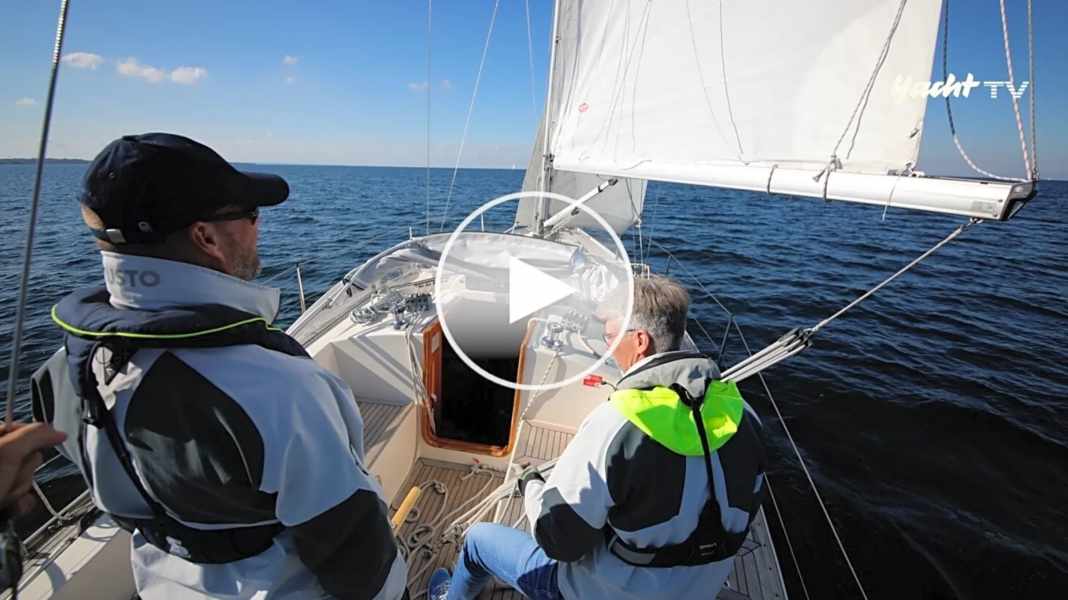
1. the correct handling of gusts
When the gust comes in and the yacht starts, the fun begins. Most of the time. But how do you react to the gusts of wind? Gust handling without risk and loss of control.
2. casting off alongside in onshore winds
The crosswind pushes the yacht onto the sheet piling ... but with a few simple tricks you can easily get free even in such situations. We have tried them out.
3. set sail and recover
Everything you need to know about setting and recovering the mainsail and furling genoa correctly - including the furling mainsail and electric headsail furling system.
4. handling ropes, part 1
If you don't know how to handle your ropes, you run the risk of tying the Gordian knot at the crucial moment.
5. handling ropes, part 2
Falling into lines, throwing mooring lines ... In the second film on line handling, we show you the tricks you can use to make sailing easier.
6. prepare port manoeuvres correctly - 14 tips
The pulse races upwards, the roar attracts attention ... Pure harbour cinema! To prevent this from happening, here are the best tips for preparing successful mooring and casting off manoeuvres!
7. reef correctly
To be able to sail comfortably and safely even in stronger winds, you need to know how to reef. In the film, we explain how this works with the different sails ... from the furling genoa to the conventional, fully battened mainsail.
8. clear to the turnaround
The step-by-step instructions for turning ... not just for beginners.
9. clear to the jibe
It is feared by many, especially in strong winds ... The film shows how to jibe without breaking and without fear. If it is still too dicey, the Q-tack is a good alternative. It is also shown in the film.
10. shackling - the forgotten manoeuvre
Turning on both sides and then laying alongside is a tried and tested means of bringing calm to the yacht. But does this also work with modern U-chocks? The YACHT crew tried it out in winds of over 30 knots and two metre waves.
